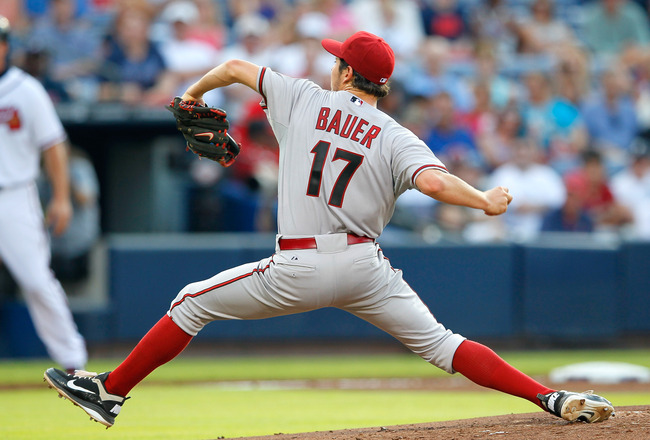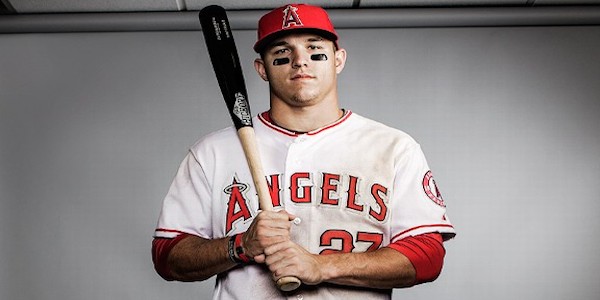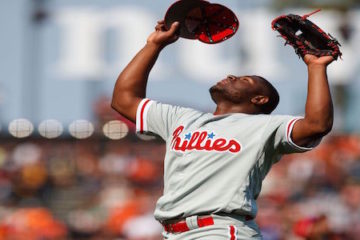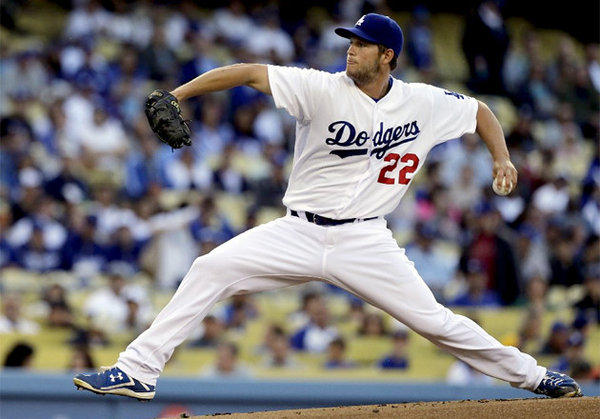Using ERA-FIP To Identify Starting Pitchers to Target or Trade: August Update
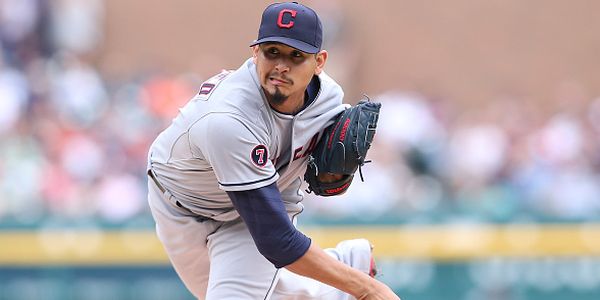
Once again, I’ll be looking at one of my favorite strategies to identify starting pitchers to consider trading (or “selling high”) or trading for ( or “buying low” as some continue to refer to it) on the trade market for fantasy baseball in 2015.
Each and every baseball site you visit can probably provide you with a strategy to identify players to target or avoid via trade. One of my favorite statistics to look at for pitchers is ERA-FIP on FanGraphs. ERA-FIP provides users with the difference between a starting pitchers current earned run average and their fielding independent pitching. According to FanGraphs, Fielding Independent Pitching “measures what a player’s ERA should have looked like over a given time period, assuming that performance on balls in play and timing were league average.” Moreover, FanGraphs suggests that “FIP does a better job at predicting the future than measuring the present, as there can be a lot of fluctuation in small samples.”
The idea here is to look for pitchers whose ERA appears to be outperforming or falling behind their FIP. These may be players that have been “lucky or unlucky” to start the season, but theoretically should regress to the mean and fail to maintain that level of success or failure as the season wears on. In addition to looking for players with higher or lower ERA-FIPs, I’ll take a look at K%, BB% and K-BB% to guide my search.
Note: We do need to be a bit cautious with this data as FIP isn’t the perfect statistic. This discussion should be used as a starting point in your research. Highlighted numbers in the K%, BB% and K-BB% indicate league-average or better. A green highlight in the ERA-FIP columns suggests an improvement to ERA should be on the way. A red highlight in the ERA-FIP column suggests a dip in ERA may be in the near future for that pitcher.
Another note: I’ve arbitrarily selected arms that both met the requirements of the exercise and have a better chance to be acquired on the trade market. Names like Clayton Kershaw, Madison Bumgarner and Corey Kluber appear on our chart, but the cost to acquire said arms would be extremely high. And understandable so. At any rate, here we go…
Entire chart can be seen at the end of this post.
All data courtesy of our friends at FanGraphs.com as of 8/10/15.
Three pitchers to target or “buy”
Drew Hutchison | Blue Jays
Hutchison is tops on our list in terms of largest ERA-FIP differential. WIth just about a 1.4 run difference between the two, it appears as if the 24-year-old could be in line for some fine outings going forward. It definitely helps that he takes the hill for arguably the hottest team in baseball right now, but fantasy owners would still like to see him going deeper into games and limiting the free passes. Since the start of June, Hutchison has made just two quality starts in 11 trips to the bump, struck out just over 4.5 batters and walked 1.9 batters per start over that same span. The right-hander is available in over 50% of Y! leagues, so there’s a chance you can just pluck him from the waiver wire, but if he’s owned, it’s unlikely he’ll cost you much to acquire him.
Taijuan Walker | Mariners
After a bit of a rocky start to the season, the 22-year-old seems to have settled down. There have been a few bumps in the road along the way, but Walker is now 8-7 in 23 starts with 13 of them being of the quality variety. Walker owns strikeout and walk rates that are better than league average and he’s inducing swinging strikes at a career-high 10.4% clip. One of the reservations I have with the talented youngster is the amount of homers he’s given up so far this season. Walker allows 1.4 HR/9 at the time of this writing, but that very well could be inflated due to a 13.6% HR/FB% — the highest percentage of fly balls that have turned into homers over the course of his short career. Home runs or not, I’m still buying Walker as the ERA should continue to come back towards his 4.10 FIP/3.70 xFIP and the strikeouts should be steady.
Carlos Carrasco | Indians
No, this is not a joke. Yes, everyone knows how good Carlos Carrasco is at this point. But based on this exercise, he seems like a good bet to get better and shouldn’t cost you nearly as much to acquire as the aces (Kershaw/Bumgarner/Kluber) also found on our chart. Carrasco is 11-8 with a 3.68 ERA and a 22.3% K-BB%, but his FIP (2.90) and xFIP (2.73) lead us to believe there is still room for improvement in the ratio department over the final two months of the season. Do your due diligence and check in with the Carrasco owner in your league.
Three pitchers to trade or “sell”
Yovani Gallardo | Rangers
Sure Gallardo is owned in less than 50% of Y! leagues, but maybe there’s a chance you can use his early season success to include him as a “plus one” in a deal to slightly upgrade at a position, or maybe deal him straight up for Drew Hutchison, who we spoke about above. Gallardo is 8-9 on the year with a nice 3.33 ERA, but a 4.03 FIP and a 4.35 xFIP indicate he’s due for some potential regression. And with just two months left, this could all happen very quickly. Strikeouts (15% K%) are at a career-low and he’s walking more (9% BB%) than his career average (8.7% BB%). Look to deal Gallardo if you can.
Dan Haren | Cubs
Like Gallardo above, Haren isn’t exactly owned in every league — he currently sits at 55% ownership in Y!. He’s above .500 at 8-7, but his 3.55 ERA seems to be a mirage with his FIP at 4.70 and xFIP at 4.50. He’s never been a huge strikeout guys, but his strikeouts are down for the third consecutive season to 17%. Walks are also trending in the wrong direction for the third consecutive year and now sit at 4.9% on the season. If you have him, sell him. If he’s on your wire, stay away. Plenty of other options to be had.
Edinson Volquez | Royals
Volquez is looking to outperform his peripherals for the second consecutive season — a feat he also achieved back in 2008 with the Reds, albeit with a much higher strikeout rate — so he just may be able to pull it off again. This difference between his ERA (3.11) and FIP (3.82) is less than a run, but the difference between his ERA and xFIP (4.29) is much more significant. The righty’s HR/FB% is down to 7.2% compared to his career average of 10.9%, so he’s been a bit lucky in that sense. Volquez is also surrendered less “soft” contact on batted balls (15.1% Soft%) versus his career 16.8% Soft%. A bit of fortunate luck parlayed with harder hit balls and the gap between the ERA and xFIP makes me want to jump ship. Grab your life jackets.


